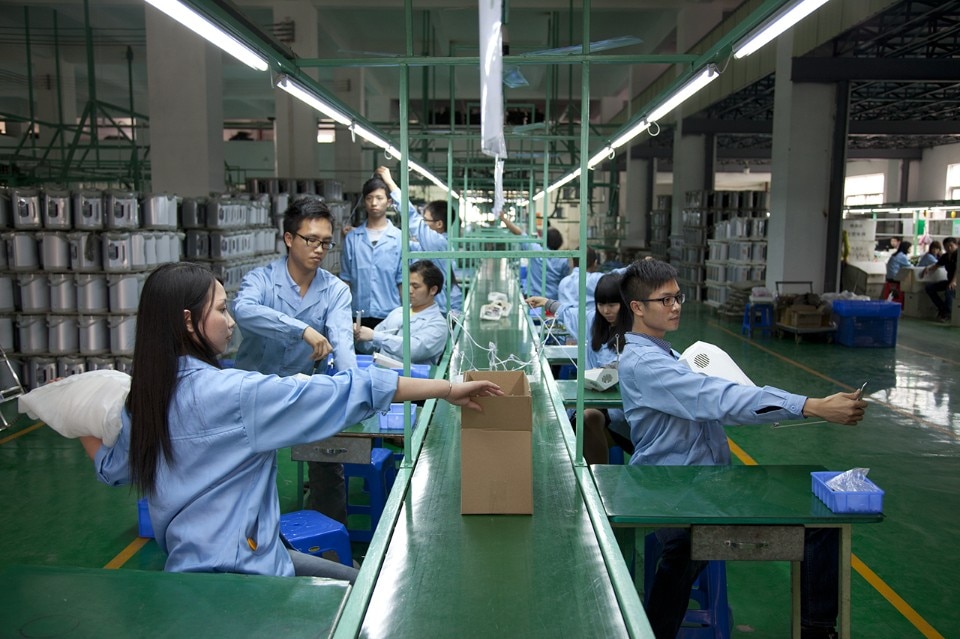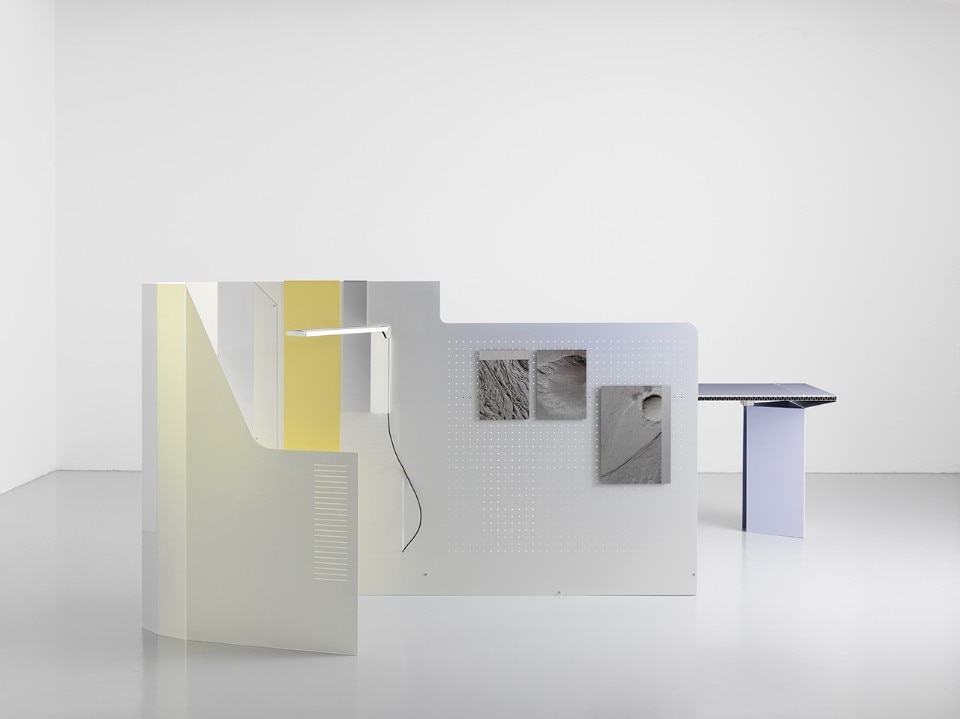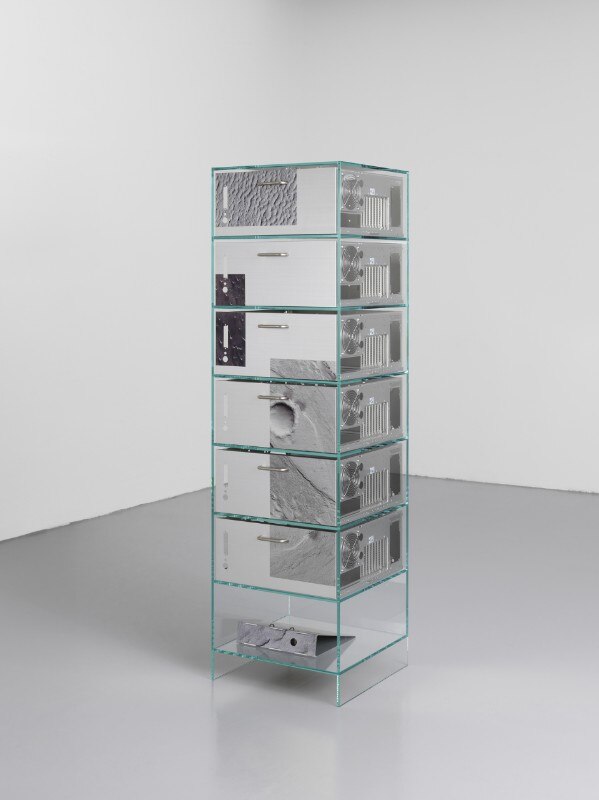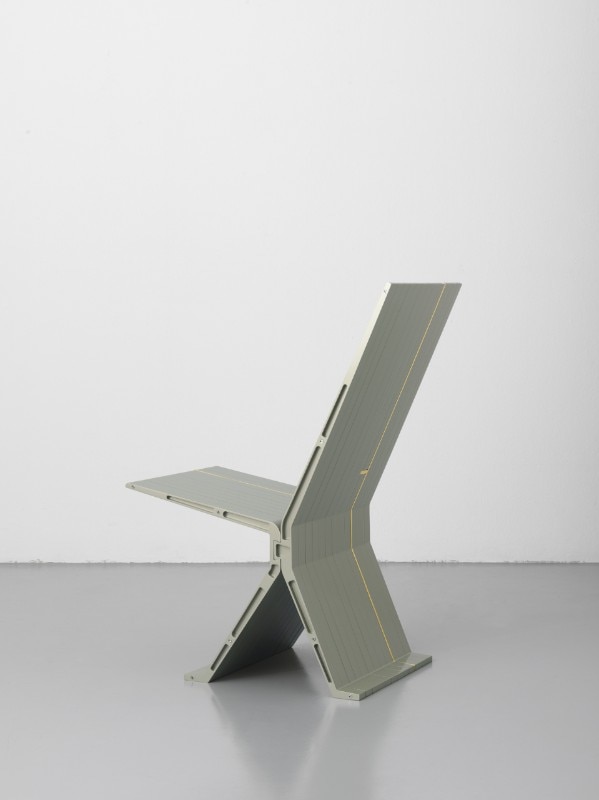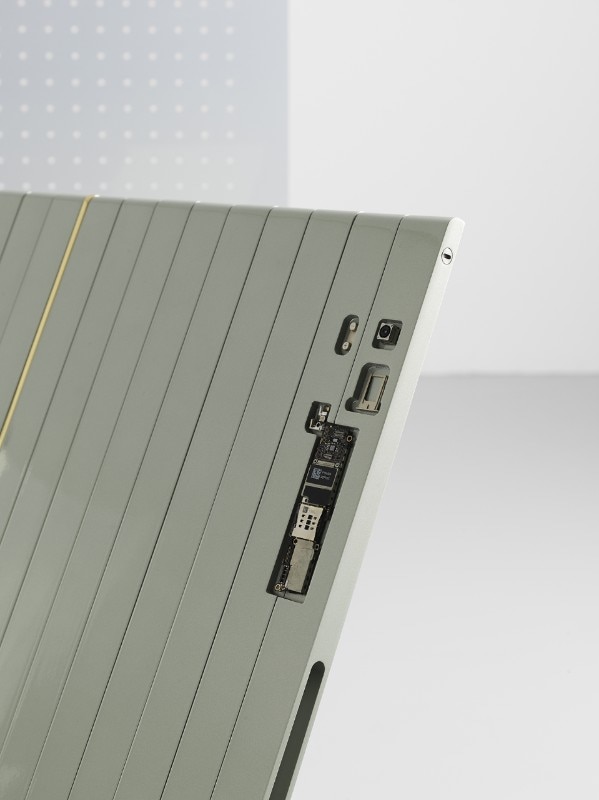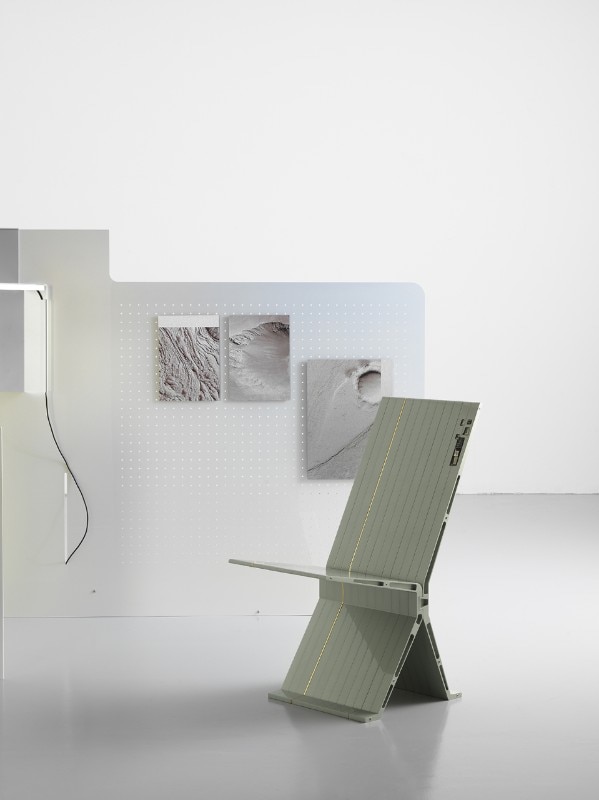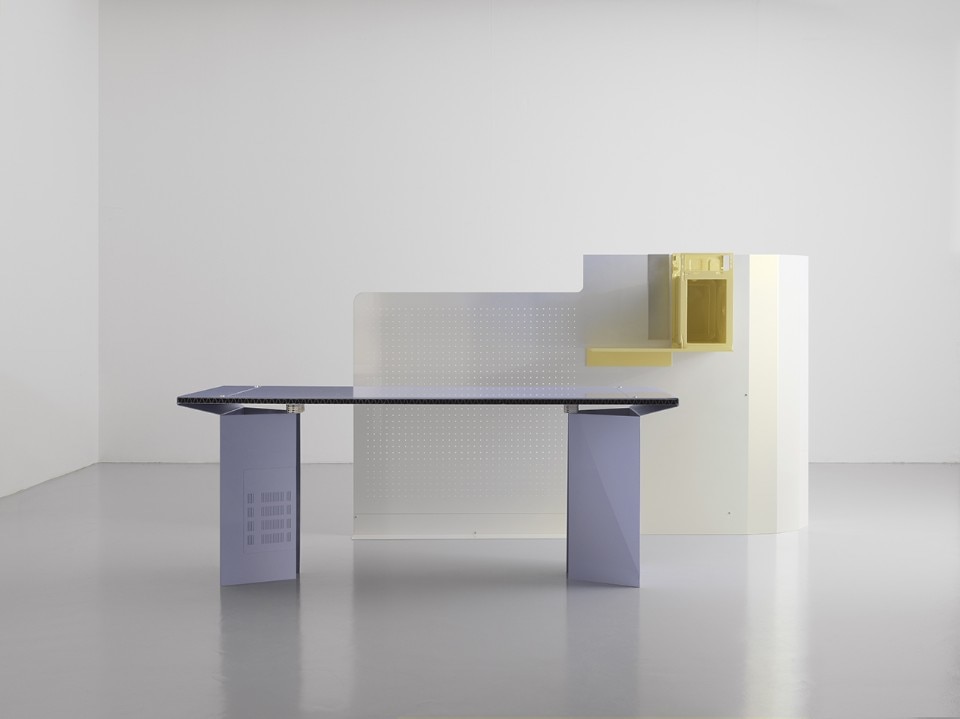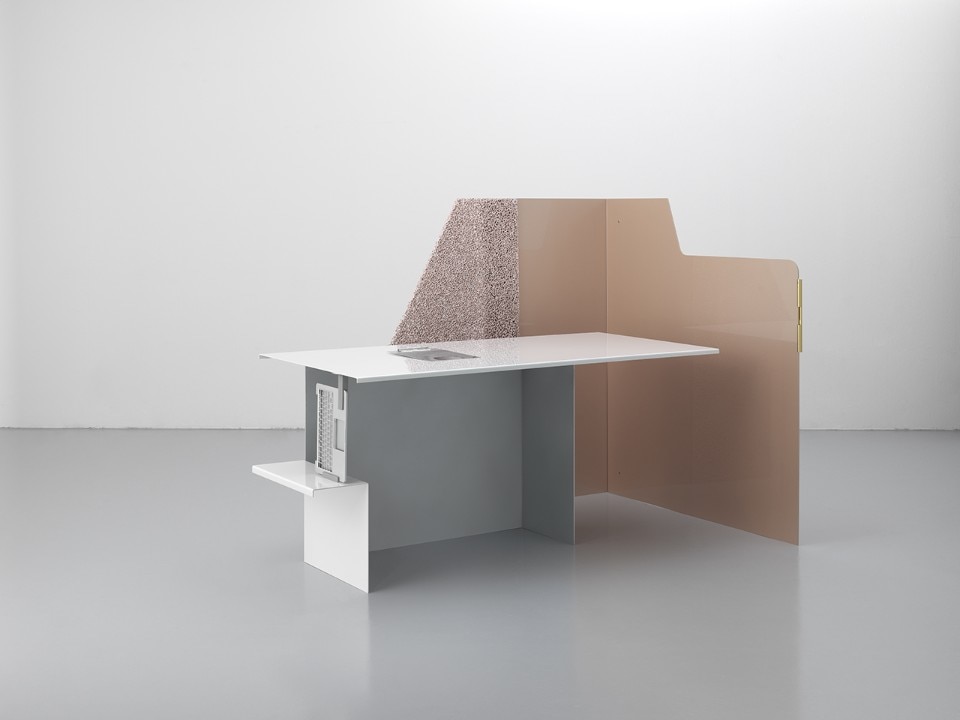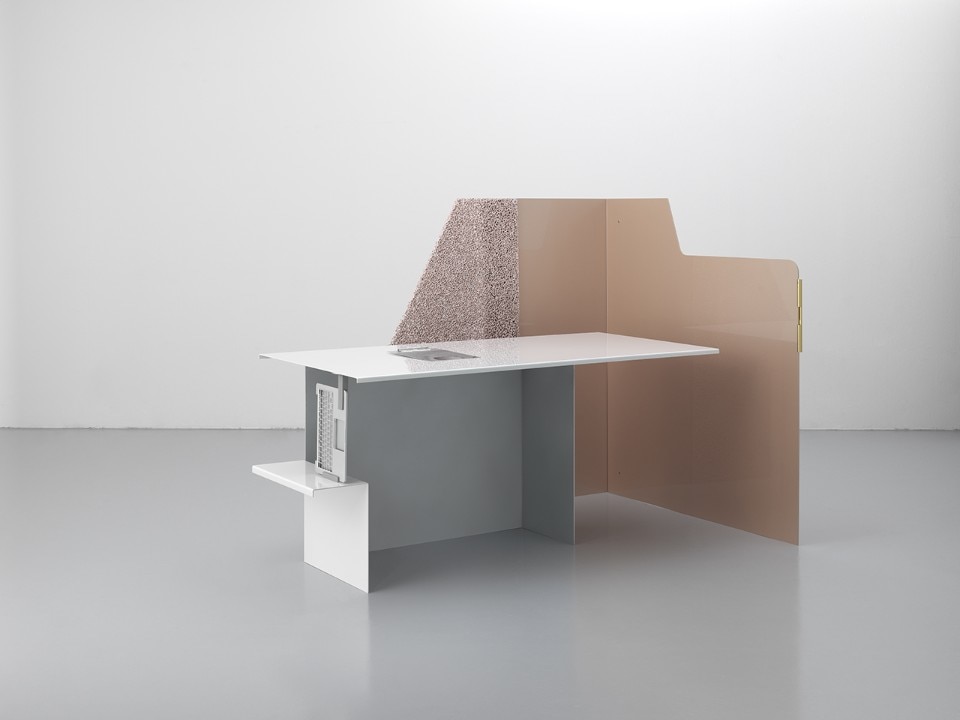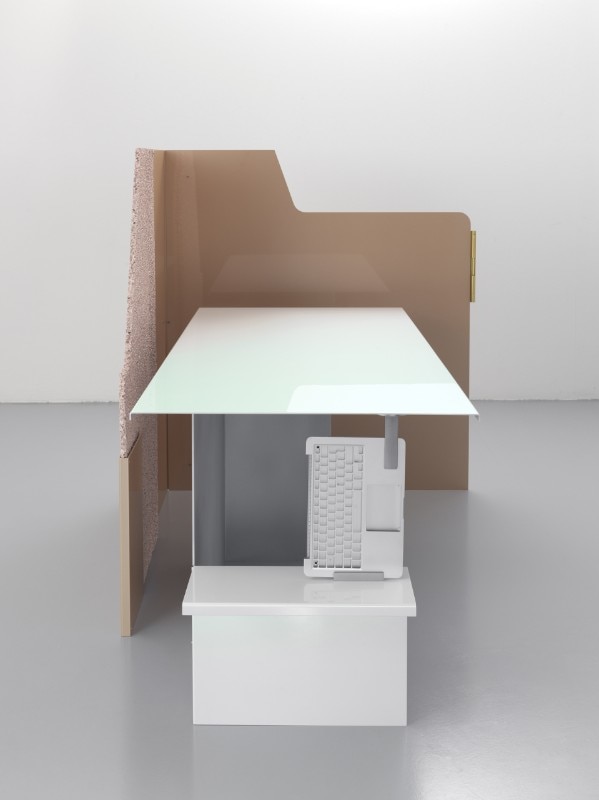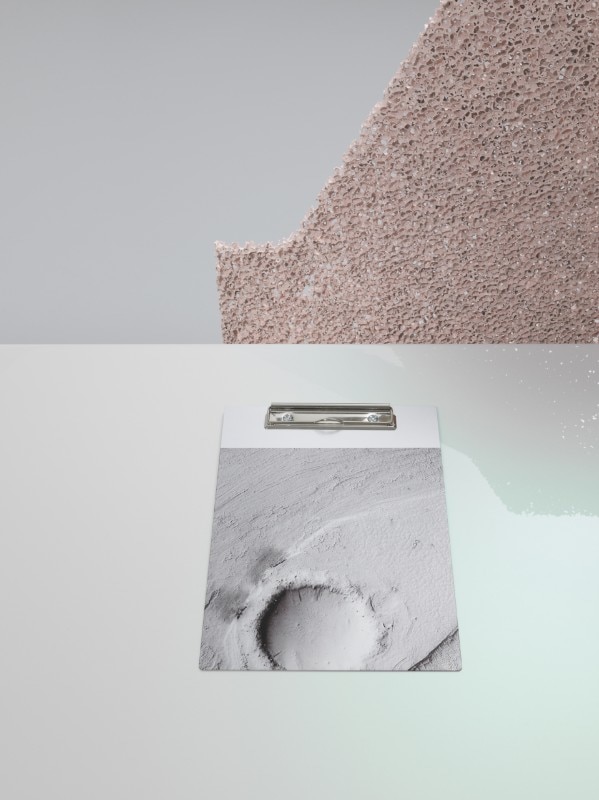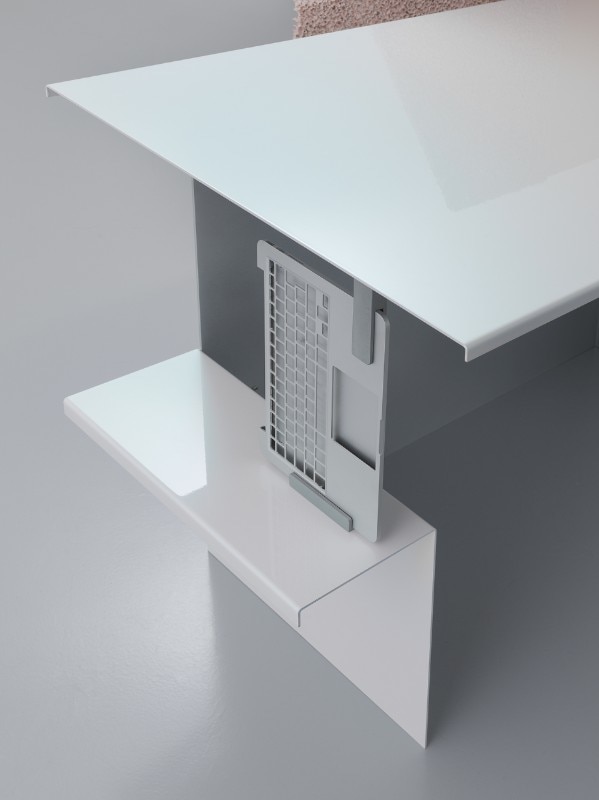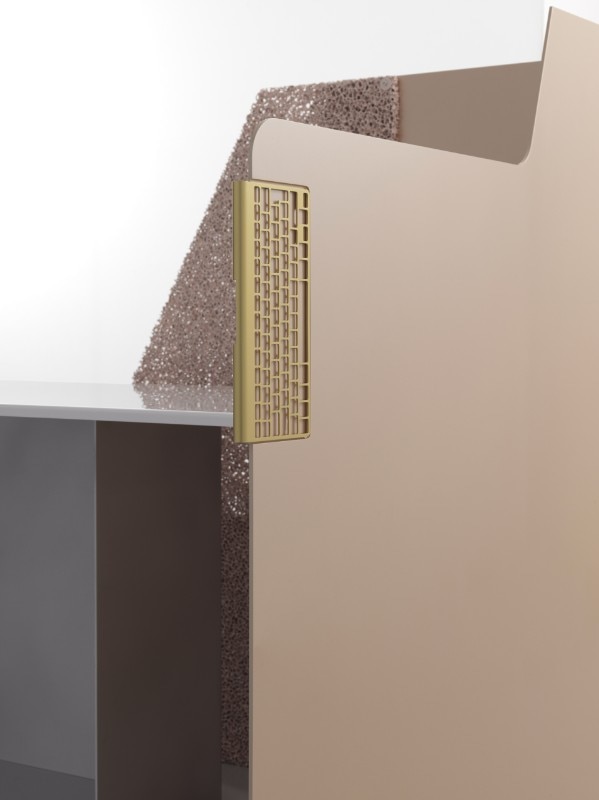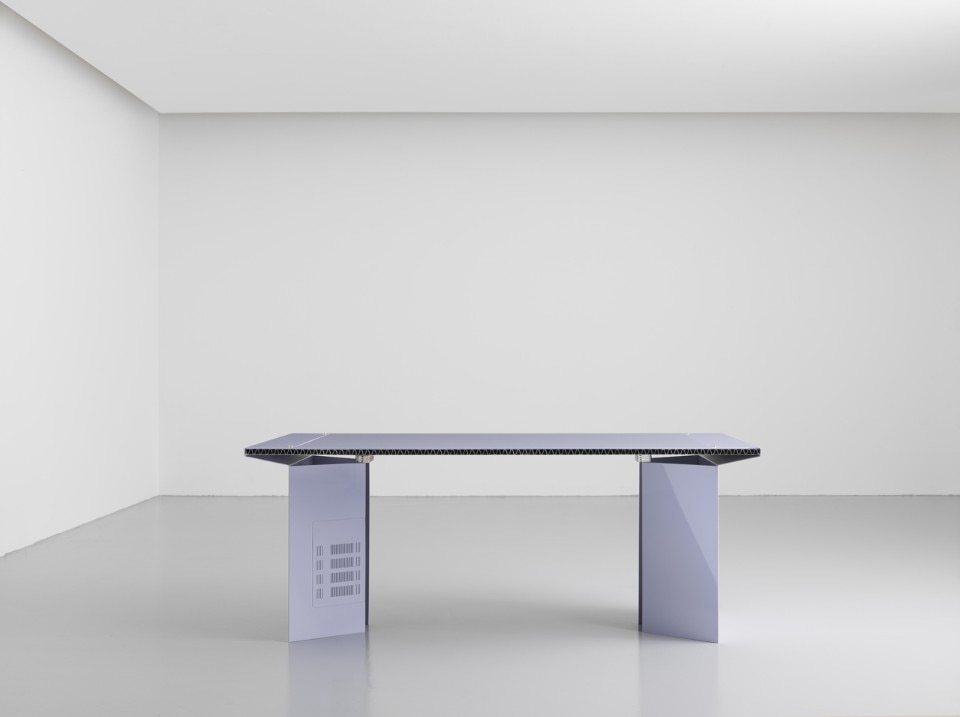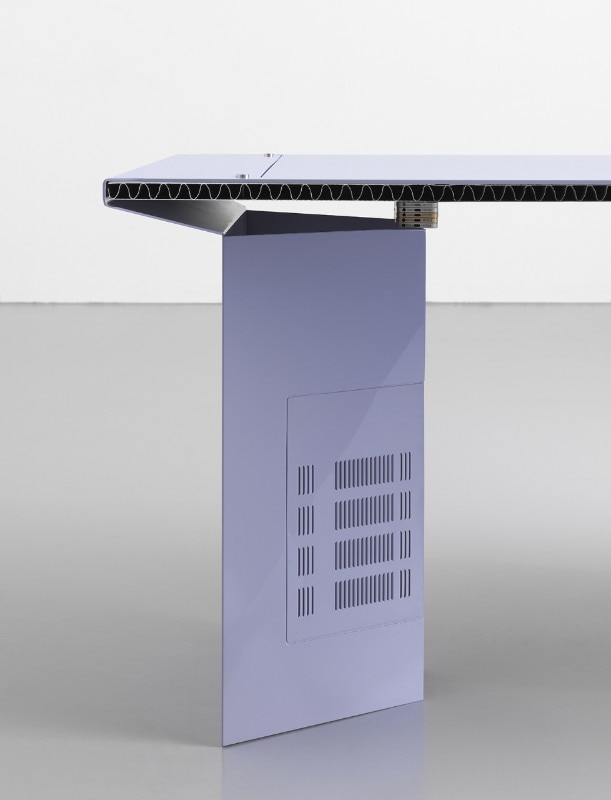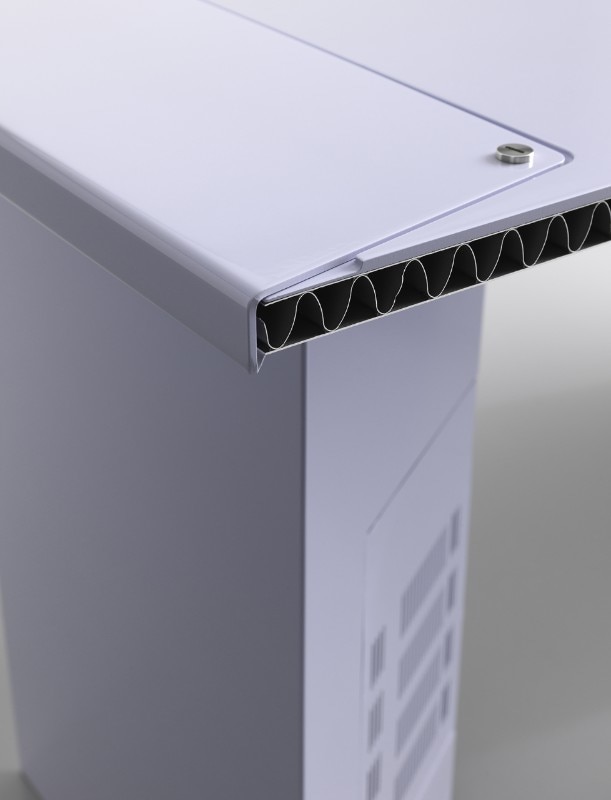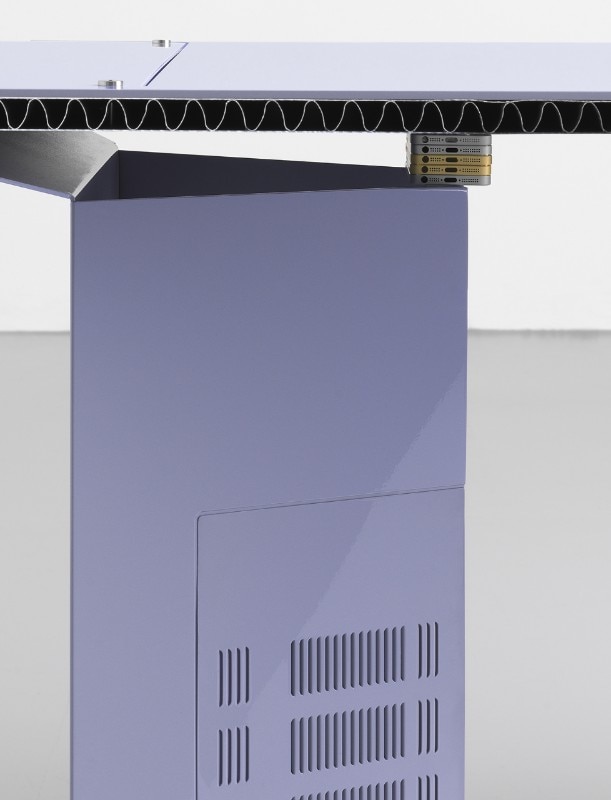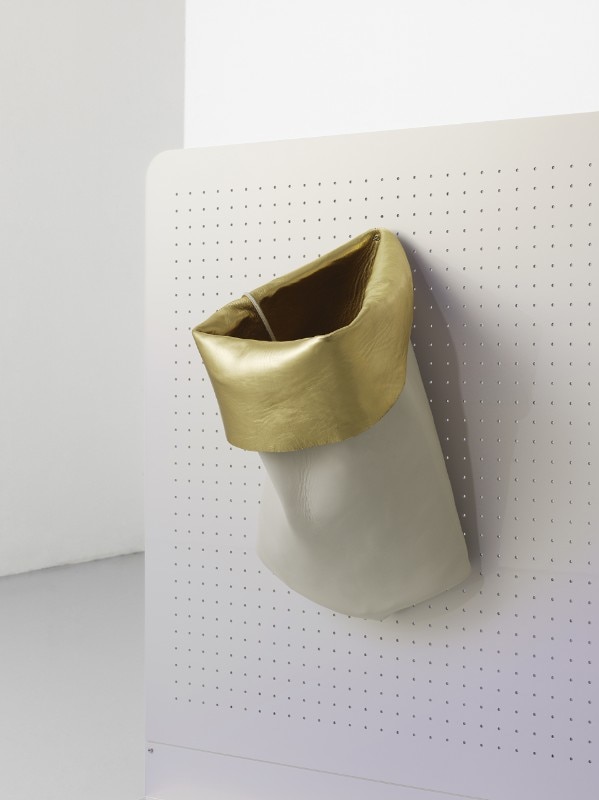You can read the full article on the Innovation issue, the supplement of Domus 1021, March 2018.
Repairing the broken relation between humanity and nature is a task for contemporary design. It’s a job on many scales – microbiomes, cosmos, oceans, insects and human communities. Broken links are found not only between us, natural resources and the environment, but also in the spheres of ethics and politics. And now designers are called upon to fix them, to create new bridges between people and disciplines. “Broken Nature” is the title of the 22nd Triennale di Milano event (1 March – 1 September 2019) organised by Paola Antonelli, the curator of architecture and design at the Museum of Modern Art in New York City. Her aim for the exposition is to offer the public critical tools to look toward the future with a different awareness. Here, Antonelli draws on her research and exploration of the theme to examine what the role of design will be in the search for a new equilibrium (…) Al design è chiesto di ristabilire il rapporto con la natura a tutte le scale. Come può essere gestita questa complessità? E come si sta trasformando la metodologia progettuale?
Design is being requested to re-establish the relation with nature on all scales. How can such complexity be managed? How is design methodology changing?
Design has always had team spirit. Work groups analyse the most urgent issues. In addition, design has always been rooted in social and political intent. Today’s change of paradigm lies in uniting social themes with biology and broadening the range of action, for example from human communities to microbiomes. As Neri Oxman shows in her Krebs Cycle of Creativity, design, art, engineering and science are fields of study in constant mutual exchange. Today’s designers I most admire are the ones who stimulate and educate the world in interdisciplinarity. Complex problems call for complex solutions.
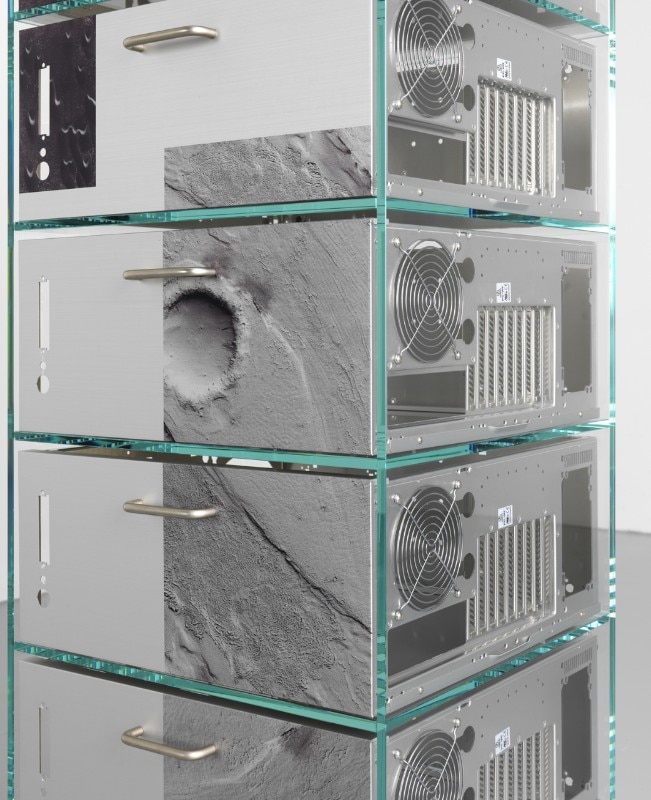
 View gallery
View gallery
Interdisciplinarity and a change in design’s objectives will lead to new types of specialists. Do you have examples?
The Formafantasma group critically emphasises in every project the need to mend the relation with nature by connecting ecology to manual skills. Revital Cohen and Tuur Van Balen use objects to reveal the paradoxes and dangers of certain human activities. Neri Oxman translates natural processes into algorithms that become ways of producing and manufacturing. Hilary Cottam is responding to new social dynamics inspired by digital tools. Certain disciplines integrate easily with design, such as biology, natural sciences, entomology and the branch of informatics that studies artificial intelligence. Biodesign is a new field, not because design never looked at biology, but because biologists have become more receptive and open to participation in their experimentation. Thanks to digital technology and artificial intelligence, design is now closer to comprehending how nature designs and constructs. Yet there is still too much protectionism in the sciences. Art has broken through in science, technology, engineering and mathematics (STEM), transforming the list into science, technology, engineering, arts and mathematics (STEAM). My hope is that soon it will become STEAMD. The difficulty lies in the fact that design is not so quantifiable and often misunderstood.
Image on top: Revital Cohen and Tuur Van Balen, “75 Watt”, 2013


